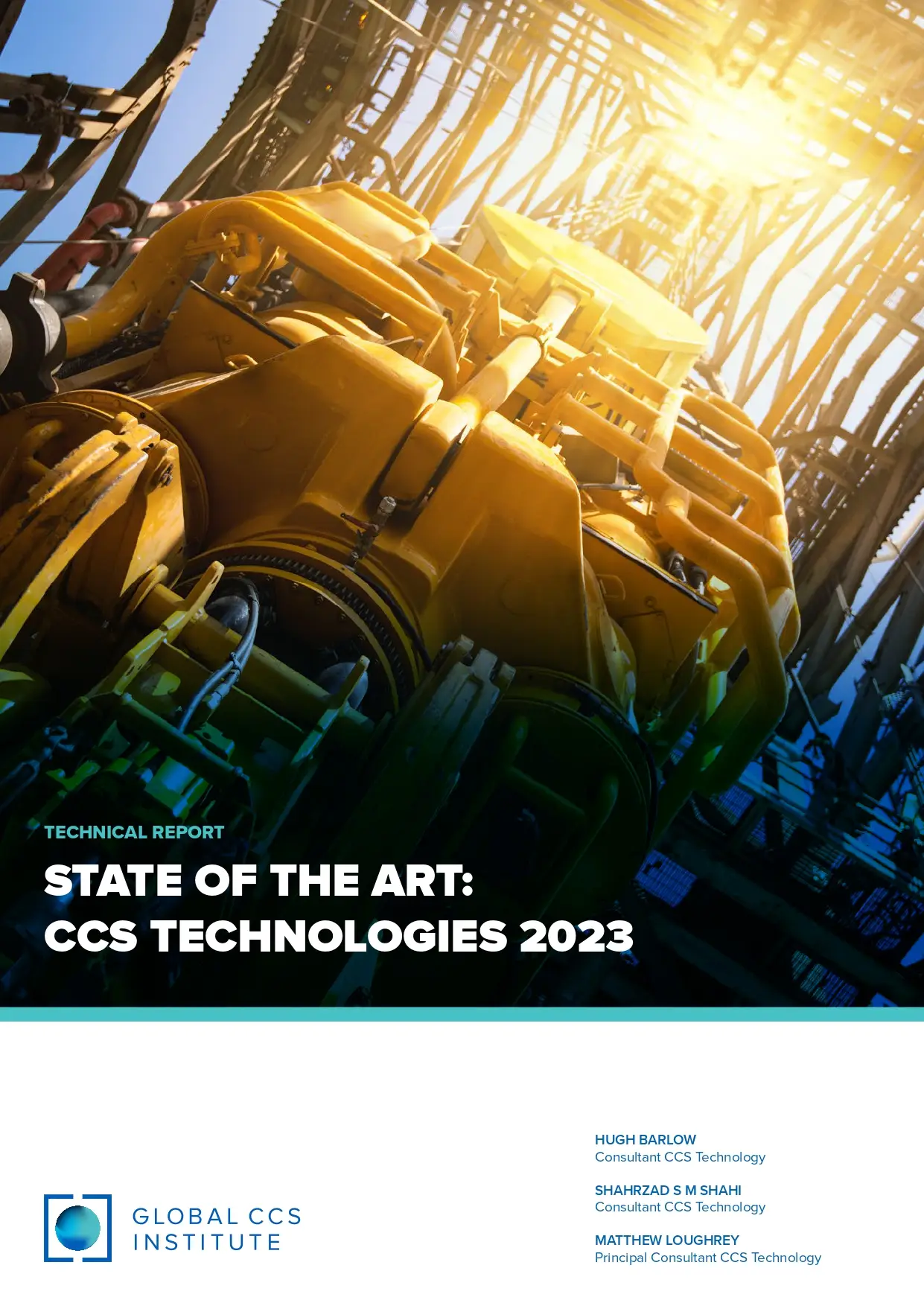Towards Decarbonising Transport 2023
This publication analyses the current state of decarbonisation and climate ambition in the transport sectors of G20 countries. In light of India’s G20 presidency in 2023, and with emerging economies at the helm of the intergovernmental forum in 2022 (Indonesia) and 2024 (Brazil), this report seeks to support global discussions surrounding sustainable
transport and the effort to achieve the goals stipulated in international climate accords, especially the Paris Agreement and the Glasgow Declaration.
Towards Decarbonising Transport 2023
This publication analyses the current state of decarbonisation and climate ambition in the transport sectors of G20 countries. In light of India’s G20 presidency in 2023, and with emerging economies at the helm of the intergovernmental forum in 2022 (Indonesia) and 2024 (Brazil), this report seeks to support global discussions surrounding sustainable
transport and the effort to achieve the goals stipulated in international climate accords, especially the Paris Agreement and the Glasgow Declaration.
Top 100 Innovators In Hydrogen 2023
Clean hydrogen continues to enjoy an upward trajectory. In 2023, according to the Hydrogen Council, there have been 1,000 hydrogen proposals announced across the globe of which 795 plan full or partial deployment by 2030.
Top 100 Innovators In Hydrogen 2023
Clean hydrogen continues to enjoy an upward trajectory. In 2023, according to the Hydrogen Council, there have been 1,000 hydrogen proposals announced across the globe of which 795 plan full or partial deployment by 2030.










